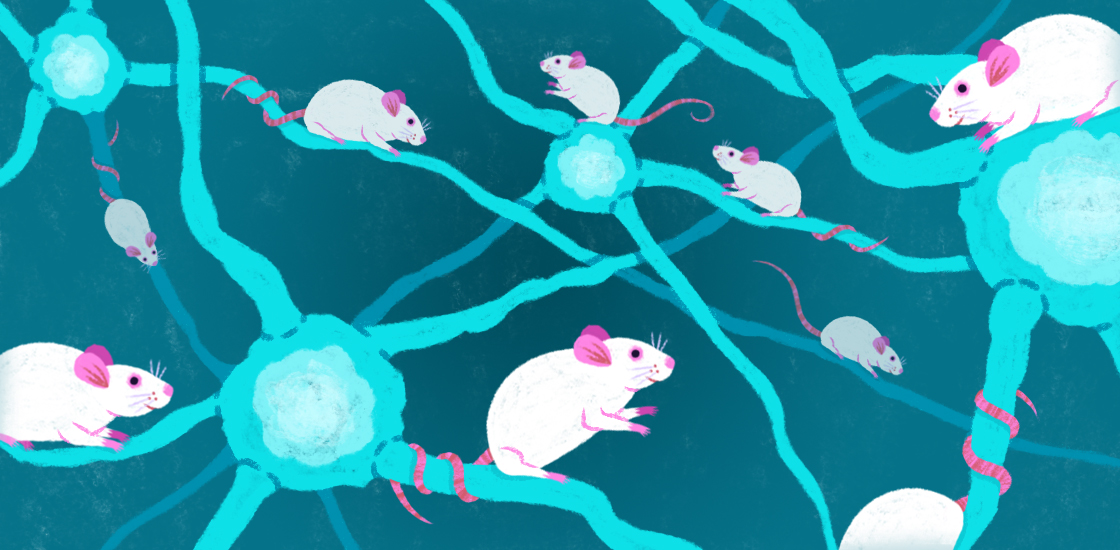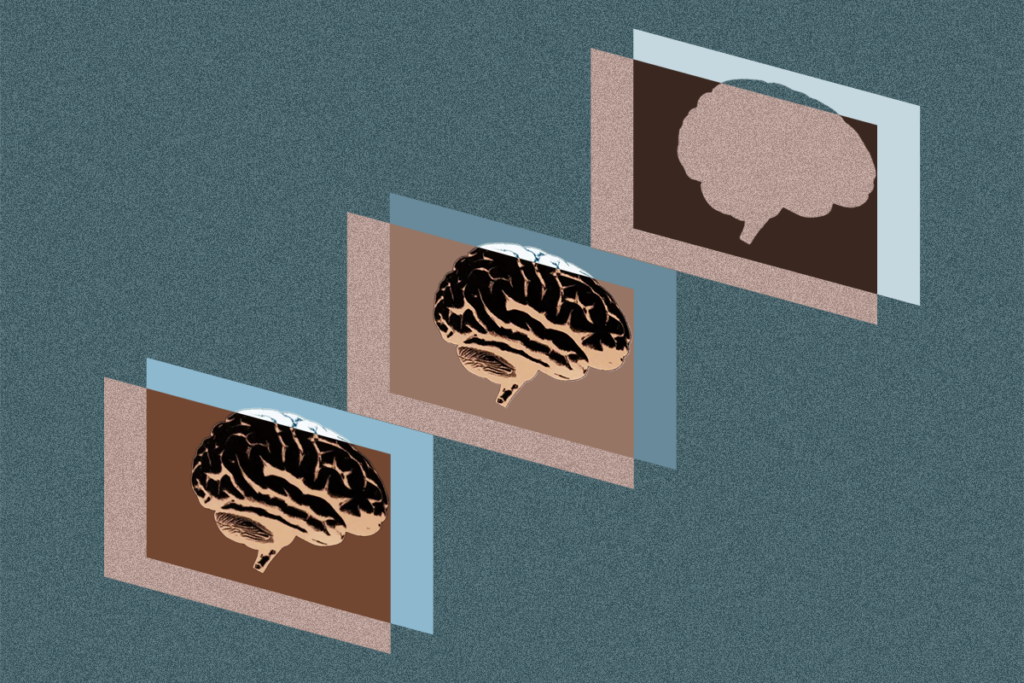Vikaas Sohal
Associate professor
University of California, San Francisco
From this contributor
‘Outdated’ mouse model exposes key disruptions in autism brain
A mouse model based on exposure to an epilepsy drug offers a useful window into the brain circuits altered in autism.

‘Outdated’ mouse model exposes key disruptions in autism brain
Understanding contradictory connectivity reports in autism
Studies at the level of neural circuits are needed to better understand the importance of both increased and decreased connectivity between different regions in the autism brain, say John Rubenstein and Vikaas Sohal.

Understanding contradictory connectivity reports in autism
Targeting brain microcircuits may help treat autism
Understanding the function of neuronal circuits, specifically microcircuits in the prefrontal cortex and elsewhere in the brain, will play a major role in translating research findings into new autism treatments, says Vikaas Sohal.

Targeting brain microcircuits may help treat autism
Explore more from The Transmitter
Exclusive: Recruitment issues jeopardize ambitious plan for human brain atlas
A lack of six new brain donors may stop the project from meeting its goal to pair molecular and cellular data with the functional organization of the cortex.

Exclusive: Recruitment issues jeopardize ambitious plan for human brain atlas
A lack of six new brain donors may stop the project from meeting its goal to pair molecular and cellular data with the functional organization of the cortex.
How pragmatism and passion drive Fred Volkmar—even after retirement
Whether looking back at his career highlights or forward to his latest projects, the psychiatrist is committed to supporting autistic people at every age.

How pragmatism and passion drive Fred Volkmar—even after retirement
Whether looking back at his career highlights or forward to his latest projects, the psychiatrist is committed to supporting autistic people at every age.
The brain’s quiet conductor: How hidden cells fine-tune arousal
New research published today suggests that the pericoeruleus acts as a kind of micromanager of arousal, selectively inhibiting different subgroups of locus coeruleus neurons depending on the behavioral context.
The brain’s quiet conductor: How hidden cells fine-tune arousal
New research published today suggests that the pericoeruleus acts as a kind of micromanager of arousal, selectively inhibiting different subgroups of locus coeruleus neurons depending on the behavioral context.